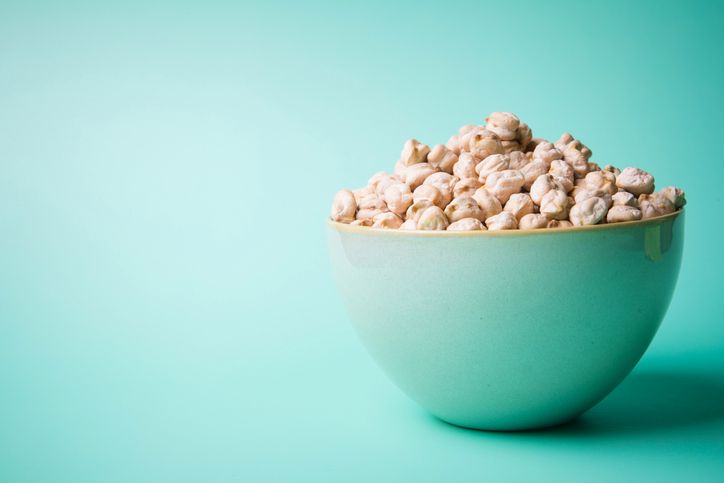
Source: Granger Wootz / Getty
Roughly 10 to 35 percent of your calories should come from protein. Are you meeting the mark? Some groups admittedly overdo it on the stuff, like teenage boys who presumably think they must eat nothing but steak all day to build muscles and thrive on their chosen sports team. Meanwhile, other research shows that older adults may not be getting enough of the stuff. There are some handy calculators that help you calculate how much protein you need every day, like this one, but talking to a trained nutritionist is also a smart idea. Not getting enough can lead to fatigue, muscle loss, and many other issues. Having too much protein can overload your liver and kidneys, as well as put you at an increased risk for coronary heart disease. So it is important to know where you stand and make adjustments if necessary.
Whatever you learn – that you need more protein, less, or as much as you’re consuming – we all need protein. When you do hit the grocery store, you can find that it’s the protein that quickly triples your grocery bill. The veggies, fruit, milk, and cereal cost barely anything. You’re thinking this will be a cheap trip. But after you hit the butcher and seafood counter, you’re scrambling to find coupons for this bill on your phone. It got high, fast! When it comes to buying protein sources, we’re often familiar with the obvious ones like steak and chicken breast, but there are some lesser-known forms of protein that are ideal for those on a tight budget. Like these.

Source: Kilito Chan / Getty
Chickpeas
Chickpeas – also known as garbanzo beans – are part of the legume family, and for that reason, offer a good amount of fiber in addition to their protein content. As for that precious protein count, a mere cup of the stuff offers nearly 40 grams of protein, almost knocking out the daily protein needs for some individuals. One 15-ounce can of chickpeas will run you about one dollar (maybe a little less for the generic brands or a little more for name brands), making it one of the most affordable options of protein. Plus, it’s vegan- and vegetarian-friendly for those who don’t eat animal products. This versatile food can go cold in salads, be added to pasta dishes, mixes well into broth-based soups, or can simply be gently fried, seasoned, and eaten as a snack.


